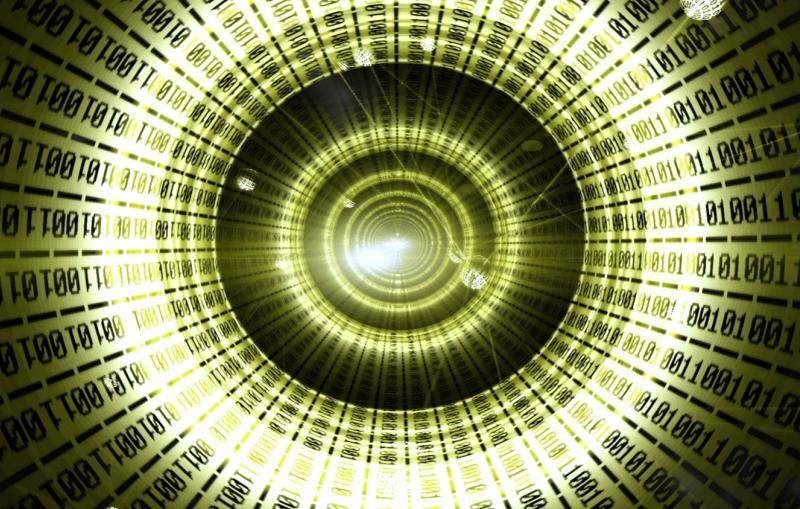
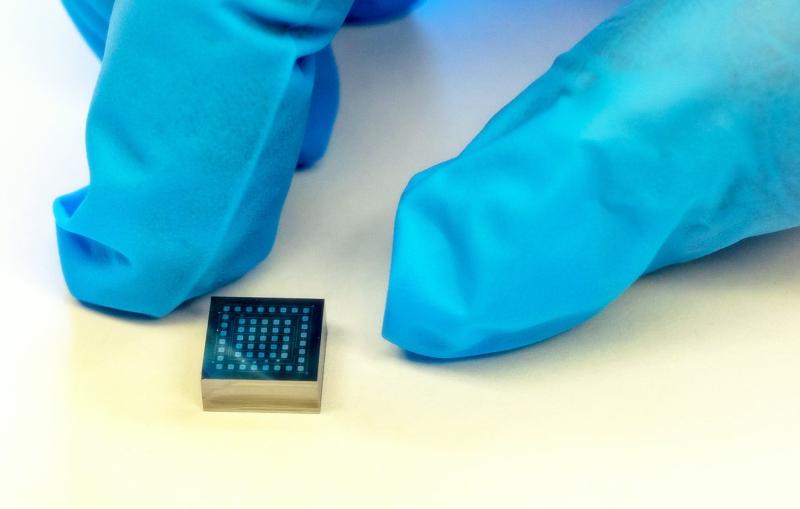
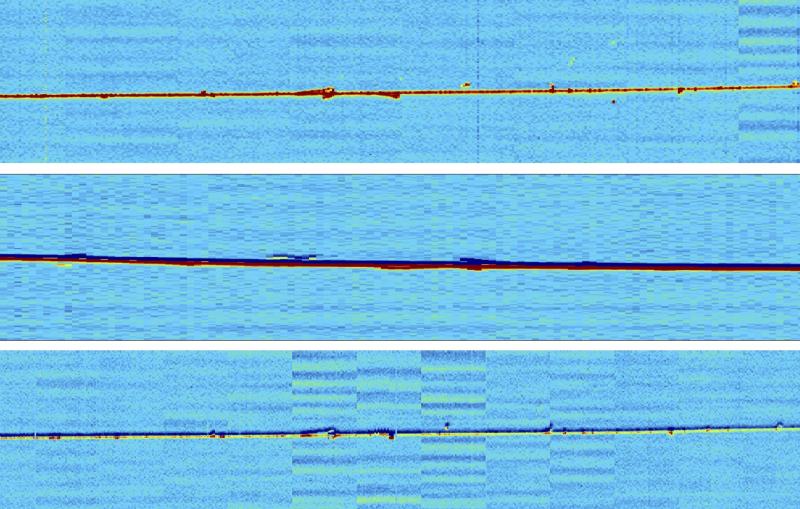
Illustration
The SuperCDMS dark matter experiment will be located at the Canadian laboratory SNOLAB, 2 kilometers (6,800 feet) underground inside a...
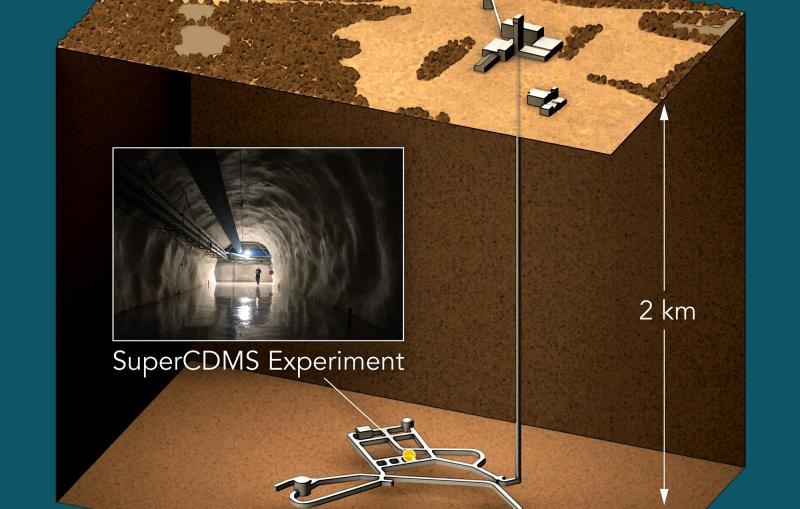
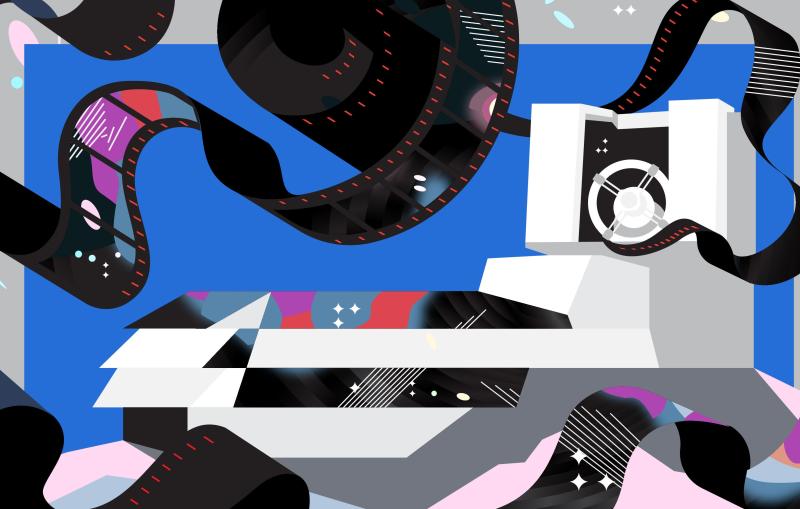
Detectors help enable science at many SLAC facilities and research programs, particularly in the fields of X-ray science, particle physics, and astrophysics.
Related link:
New technologies




